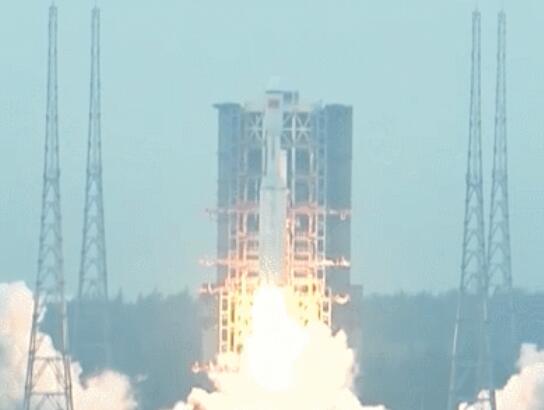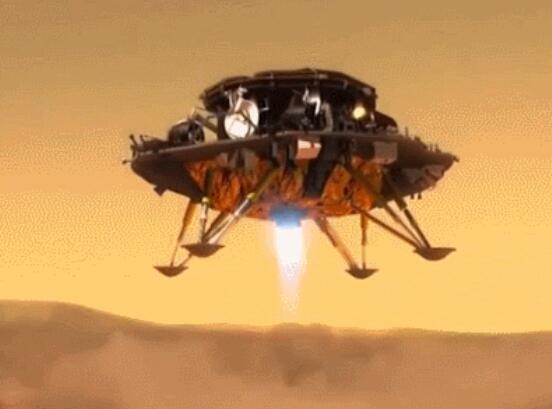China Expects to Carry out Over 40 Launches in 2021
The China Aerospace Science and Technology Corporation (CASC) released the Blue Book of China Aerospace Science and Technology Activities (2020) in Beijing on Feb 24, outlining global aviation in the past year and CASC's space plans for 2021.
According to the document, 114 flights were conducted in 2020 around the world. They launched 1,277 spacecraft, the most ever in history.
China launched 89 spacecraft in 39 flights throughout the year. The total weight of the spacecraft was 103.06 tons, 29.3 percent more than that in 2019. Both the launch times and payload weights ranked second in the world.
CASC participated in several major projects including manned space flights, lunar probes, and development of space-based systems, using its capacity to make breakthroughs in entering space.
A main force of China's space industry, CASC's Long March carrier rockets carried out 34 flights, sending 82 spacecraft into selected orbits.
The successful maiden flight of the Long March 5B rocket started construction of the manned space station program; the launch of the Tianwen 1 Mars probe was China's first step in exploring another planet.
The operation of the BeiDou Navigation Satellite System is expected to play a role in construction of the global public service infrastructure. Completion of the high-resolution earth observation system will be a major guarantee of provision of long-term high-resolution remote sensing information.
CASC also gained achievements in international cooperation in satellite exports, joint development, launch projects and application services amid the COVID-19 outbreak throughout the year, which promoted exchange and industrial development in the field.
The Long March rockets launched 12 commercial remote sensing satellites for an Argentine enterprise and CASC's China Great Wall Industry Corporation recently signed the in-orbit delivery contract of the Apstar-6E satellite with Hong Kong-based APT Satellite.
What's more, the company completed a remote-sensing microsatellite project for Ethiopia and its development of Egypt's second Earth remote sensing satellite is now underway.
The commercial satellite manufacturing industry was boosted in China in 2020 with features like high performance, miniaturization, low costs, intelligentization, standardization and mass production.
2021 is the opening year of China's 14th Five-Year Plan (2021-25).
According to the blue paper, China is expected to have more than 40 space launches in 2021.
The manned space station program will start key technological verification and construction and the Tianwen 1 Mars probe is scheduled to carry out China's first Mars exploration.
Also in the year, several satellites for civil spatial infrastructure business will be launched to support the country's economic and scientific development.
According to CASC, the core capsule of the space station is scheduled to be launched by a Long March 5B Y2 carrier rocket in spring from the Wenchang Space Launch Center in South China's Hainan Province.
Eleven launches carrying the components of the space station including the core capsule, the experiment cabin, the manned spacecraft and the freight space cargo are anticipated in 2021 and 2022.
China's Tianwen 1 Mars probe, which completed its third braking on Feb 24, will operate on the parking orbit for about three months and then land on the planet in May or June.
The probe was launched on July 23, 2020. So far, it has traveled for 215 days and is now about 212 million kilometers from the Earth.

A view of the maiden flight of the Long March 8 carrier rocket[Photo/sasac.gov.cn]

A Long March 5B carrier rocket is launched for a maiden flight. [Photo/sasac.gov.cn]

A sketch image of the Tianwen 1 Mars probe landing on the planet [Photo/sasac.gov.cn]
(Executive editor: Wang Ruoting)



